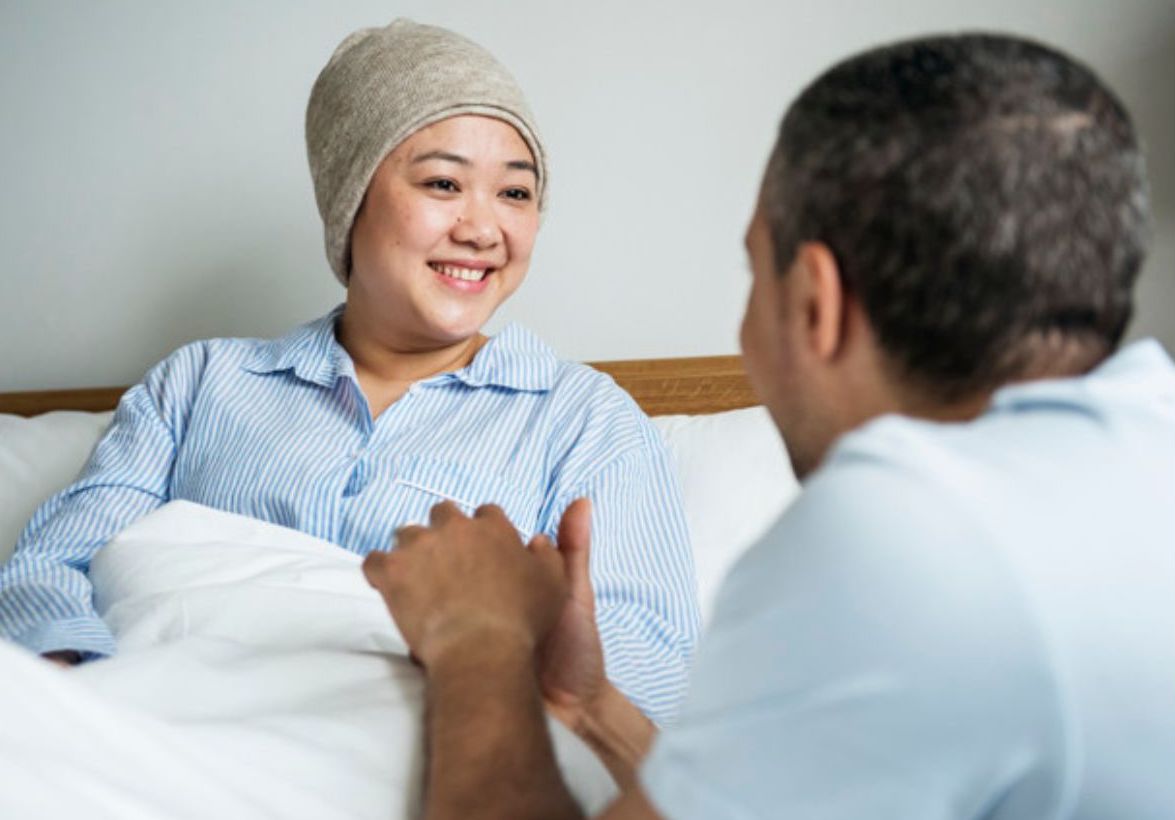What are the different skin cancer treatment options in the Philippines?
- Excisional surgery
- Mohs surgery
- Topical treatments
- Chemotherapy
- Radiation therapy
The skin is the body’s largest organ. Its primary function is to act as a protective barrier from mechanical impacts, pressure, variations in temperature, microorganisms, radiation, and harmful chemicals. Skin cancer is the most common type of cancer. Currently, between 2 to 3 million non-melanoma skin cancers and 132,000 melanoma skin cancers occur worldwide every year. For that reason, you may want to know about the available skin cancer treatment in the Philippines.
Perpetual Help Medical Center-Las Pinas heeds the call to promote the early detection and prevention of skin cancer. Read on to learn more about the treatments of skin cancer in the Philippines.
Excisional Surgery
Skin cancers are commonly treated with surgery, especially basal cell and squamous cell carcinoma varieties. However, aggressive skin cancers, such as melanoma, may require intensive surgeries to remove tumors.
Using a scalpel, the surgeon removes the tumor along with some of the surrounding healthy skin and soft tissue called a margin. The margin of removed tissue will depend on the type and size of the tumor.
Typically, the patient will receive local anesthesia to numb the affected area and go home after the procedure. If the tumor is too large to close, surgeons may use skin from another part of the body to close the wound—a procedure known as a skin graft. If the medical professionals diagnose cancer cells beyond the margin area, the patient may need to return for further surgery.
For small and early stages of skin cancer that have not spread, excisional surgery is frequently the only treatment option.
Mohs Surgery

Mohs surgery is a medical procedure developed in the early 1930s. It is one of the most effective treatment options for skin cancer that removes tumors while preserving as much healthy tissue as possible.
Mohs surgery is performed during a single hospital visit, in several stages as necessary. The surgeon will remove the visible tumor and a small tissue margin around the tumor to limit scarring. In the lab, the surgeon will examine the tumor under a microscope to see if any skin cancer cell is remaining. If so, the surgeon will remove more tissue layer by layer until there are no signs of cancer. Then the wound will be closed and in some cases, allowed to heal on its own.
Mohs surgery is often the recommended treatment option for skin cancer that is around visible areas such as the eyes, nose, lips, ears, head, neck, or hands. It is also used for skin cancers that have recurred.
Topical Treatments
In the case of early-stage basal or squamous cell carcinomas, non-surgical forms of treatment may be used to remove the localized skin cancer cells. Some creams and gels can be used as a topical treatment. These solutions are applied directly to the affected area to treat superficial skin cancer with the minimal risk of scarring.
Topical treatments work by stimulating the body’s immune system. Some patients do not experience any side effects from this treatment option. However, the downside of it is there is no tissue available for testing to determine if the tumor is completely removed.
Chemotherapy

Chemotherapy may be a treatment option for patients with advanced stages of skin cancer, such as melanoma that has spread to 1 or more lymph nodes in other organs.
Chemotherapy can destroy tumor cells through anticancer drugs. The procedure works by preventing further cancer cell division. The anticancer drugs also target the cancer cell’s food source which includes hormones and enzymes.
Going through chemotherapy treatment can have adverse side effects on a patient’s body during and after the sessions because the drugs kill fast-growing cells. It is classified as an invasive treatment because the drugs travel throughout the body and can affect normal, healthy cells that are fast-growing as well. However, it is a beneficial procedure to help cure patients with cancer cells that have already spread beyond the skin.
Radiation Therapy
Radiation treatments may be recommended after surgery, to kill any remaining skin cancer cells. It may also be recommended for recurring skin cancer to reduce the size of the metastases and relieve painful symptoms.
Radiation therapy makes use of low-energy X-ray beams to destroy the cancer cells. It works by targeting the DNA inside the cancer cells and preventing them from growing, which eventually causes them to die.
This form of treatment is useful in those who are not candidates for any surgical procedure. Its advantage is that it does not involve any cutting. For some cases of advanced skin cancer, radiation therapy may be used in combination with other treatments.
Key Takeaway
The treatment options and recommendations for skin cancer depends on several factors which can include the size, location, patient’s overall health, and the stage of cancer. Take the time to learn about the different skin cancer treatment options.
If you’re wondering about the right skin cancer treatment in the Philippines for you, it would be best to talk to the most trusted Las Pinas doctors. At Perpetual Help Medical Center-Las Pinas, we can determine which treatment plan would be best for your condition.
Click here to get in touch with us or visit us at Alabang-Zapote Rd., Pamplona III Las Pinas City, Philippines 1740 today.

